fiber optic patch cord price
How much is fiber optic patch cord?
The fiber optic patch cord price on the market varies a lot. For example, the price of 3-meter optical fiber patch cord ranges from $0.2 to more than $2.0. Fiber optic patch cord price is related to many factors. It depends on single-mode or multi-mode, single-core or double-core, used indoors or outdoors, etc.
How much is fiber optic patch cord? To answer this question, we may first ask 4 basic questions.
- Optical fiber patch cord or pigtail: Simply speaking, the single-core optical fiber patch cord is cut into two pigtails from the middle, so the price of the pigtail is lower than that of the finished optical fiber patch cord.
- Single core or dual core: single core is 1 fiber, and double core is 2 fibers, so the price of dual cores with the same attributes is twice that of single core.
- Single-mode/multi-mode/10 Gigabit (OM3, OM4, OM5): It depends on what device is connected and the transmission mode. At present, OM5 is the fastest transmission of 10 Gigabit.
- Length: Only when the length is determined can there be a definite quotation.
How to Save Fiber Optic Patch Cord Cost?
From Star To Finish
We’ll Handle Everything

Reliable and Cost-Effective Material
The fiber optic patch cord is composed of an optical cable in the middle and connectors at both ends. The optical cable is a bare fiber with a protective sheath. It is composed of four parts: optical fiber, inner sheath, aramid fiber, and outer sheath from the inside to the outside.
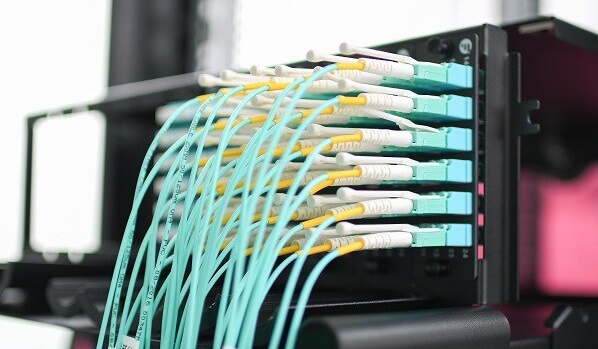
1
optic Fiber
The optical fiber is the core material of the optical fiber patch cord. Different core materials will cause fiber optic prices vary significantly. Generally speaking, the better the core quality, the higher the price, the smaller the loss and the less attenuation.
2
Aramid
Aramid is high-tech synthetic fiber with ultra-high strength, high temperature resistance, acid and alkali resistance, light weight and other excellent properties, its strength is 5-6 times that of steel wire. Aramid fiber also has good insulation and anti-aging properties, and the price of poor quality aramid fiber is generally lower.
3
Sheath
The outer sheath materials of indoor optical cables are mainly divided into: PVC, flame-retardant PVC, LSZH, and flame-retardant LSZH PVC. LSZH is a material that does not produce a lot of smoke and toxic gases when it catches fire. This material is more expensive than PVC. The price of flame-retardant sheaths varies according to their flame-retardant grades.
4
Ferrule
The ferrule is the core component that affects the performance of the fiber optic connector. The quality of the ferrule directly affects the precise center connection of the two optical fibers. The ferrule is made of ceramics, metal or plastic, and the ceramic ferrule is widely used.
If you choose low-quality fiber optic patch cord, the problems you often encounter during construction are excessive loss, short transmission distance, uneven core diameter, difficulty connecting with pigtails or high loss after docking. The patch cords produced by Bonelinks are made of reliable materials. All patch cord materials have gone through a strict inspection process when entering the factory. Bonelinks save costs from the source. We will not use the lowest price materials to save costs, but use the most cost-effective materials to help customers reduce the overall fiber optic patch cord cost.
High Technical Standards Manufacturing
Bonelinks adheres to strict technical standards and specifications to ensure the connection of the system while reducing the probability of failure, thereby helping customers reduce costs.
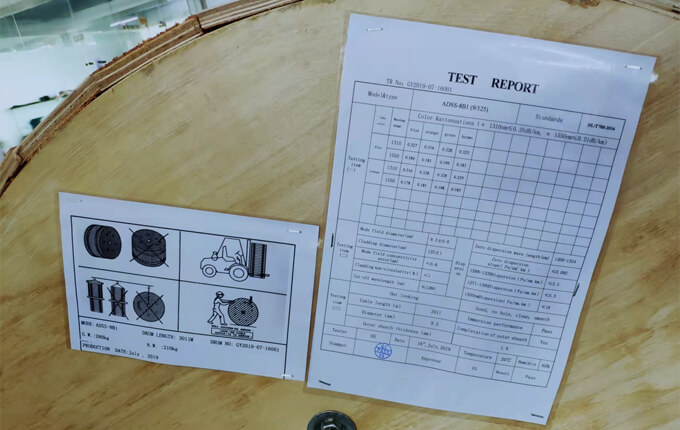
1
Fiber end face
The end face of the optical fiber is divided into three areas, ABC. The high-quality end face must ensure that the core area of the A area and the cladding area of the B area are free from any defects such as spots, scratches, and dents, otherwise it will cause obstacles to optical signal transmission and affect insertion loss and return loss.
2
Insertion loss and return loss
The optical performance of fiber optic connectors is mainly measured by two basic parameters, insertion loss and return loss. Insertion Loss (IL) is the optical power loss caused by the connection, which describes the optical loss between two fixed points in the optical fiber, usually due to the lateral deviation between the two optical fibers, the optical fiber connector caused by the longitudinal gap in the center, the quality of the end face, etc., the unit is decibels (dB), and the general requirements should be ≤0.3dB. Return loss (RL) refers to the parameter of the signal reflection performance, which describes the power loss of the return/reflection of the optical signal, and the unit is decibels (dB). The typical RL value of the general APC connector is about 60dB, and the typical RL value of the UPC connector is about 50dB.
3
Stability of plugging and unplugging
According to the IEC 61753-1 standard, the number of plugging and unplugging of optical fiber connectors should be ≥500 times and the variation of insertion loss should be ≤0.2dB. Inferior connectors will experience increased attenuation after repeated plugging and unplugging many times, so the number of repeated plugging and unplugging is generally regarded as one of the most important indicators reflecting the stability of optical fiber connectors.
The ability to produce 25-year quality assurance cables is not the ultimate goal for bonelinks, but rather the starting point for our paranoia about strict quality control. The service life of a fiber optic cable is greatly influenced by the environment in which it is laid, but the structure, component materials and production process are all important factors in giving the cable a strong life, and Bonelinks understands this.
It is well known that fiber optic cables are able to serve as a communication medium because of the refraction of the optical signal inside the fiber. By adding a protective layer to the optical fiber to enable it to transmit signals stably in unused environments, the fiber optic cable is empowering the fiber. To ensure that the optical signal can be transmitted quickly in various complex environments, Bonelinks strictly controls and tests the attenuation of the fiber during the production steps, and designs and adds the necessary structural elements to the overall structure of the fiber optic cable, so that the fiber optic cable maintains stable mechanical properties during the deployment process.
packing and shipping
Reducing just a quarter of an inch of the packing could translate into substantial saving along the shipping process. It would imply that more number of parcels can be stacked into a truck which in turn will help to reduce the number of truckloads. In the long run, it could lead to lesser costs, less weight, fewer truckloads, and less fuel.
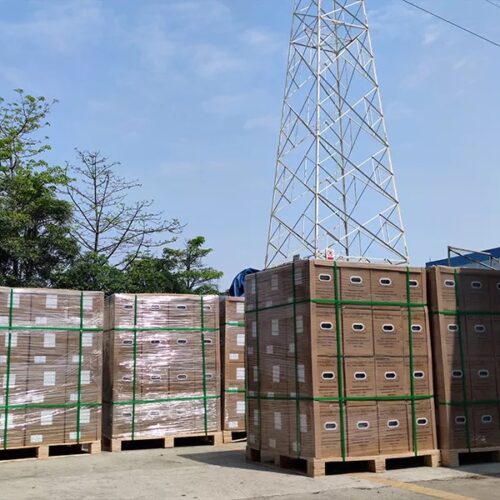
According to the performance of the optical patch cord and the size of the equipment, Bonelinks makes reasonable packaging and transportation solutions , so as to achieve economical delivery on the premise of safety and no damage, thereby reducing the cost of customers.
Professional
Bonelinks has over 10 years of fiber optic patch cord design and manufacturing, and our experts will sort out the best solution for your requirement.
For example, an actual installation span is 10 meter, but you are getting fiber optic patch cord with 100 meters span, which is a total waste. In this case, we would recommend the optimal option.

Bonelinks will recommend suitable products to customers instead of expensive products, so as to solve the real needs of customers and reduce customer costs.
your trusted partner
Innovation, Quality, Service and Responsibility
- Our R&D team, skilled workers, advanced machines, and modern factories can provide our customers with outstanding quality service.
- On the flexibility
- High-quality control standard
- Plenty of Certificates of products and customs
- Professional expert team
- 24/7 Availability
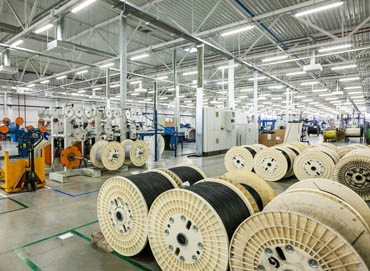
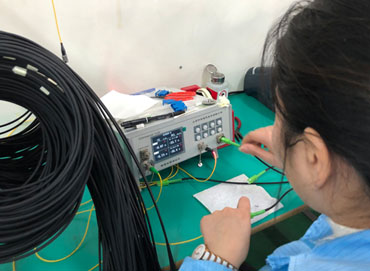
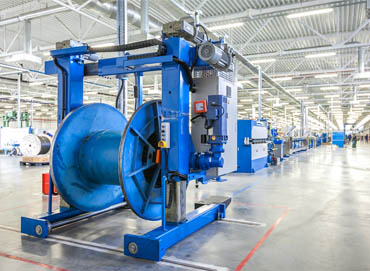
You ask, we answer
Yes. As long as we confirm the Pantone color code, we can produce the sheath color you request.
Yes. We can print company information or logos on fiber optic cables upon request.
Under 100 km, it takes 4-5 days to produce. under 500 km, it takes 7-10 days to produce.
All fiber optic cables will come with a test report. If you encounter any quality problems, we replace them with new ones free of charge.
A supplier provides products,
but we care about your business.
If you do not find a product that can meet your requirements, please contact us as we might have a solution available.
